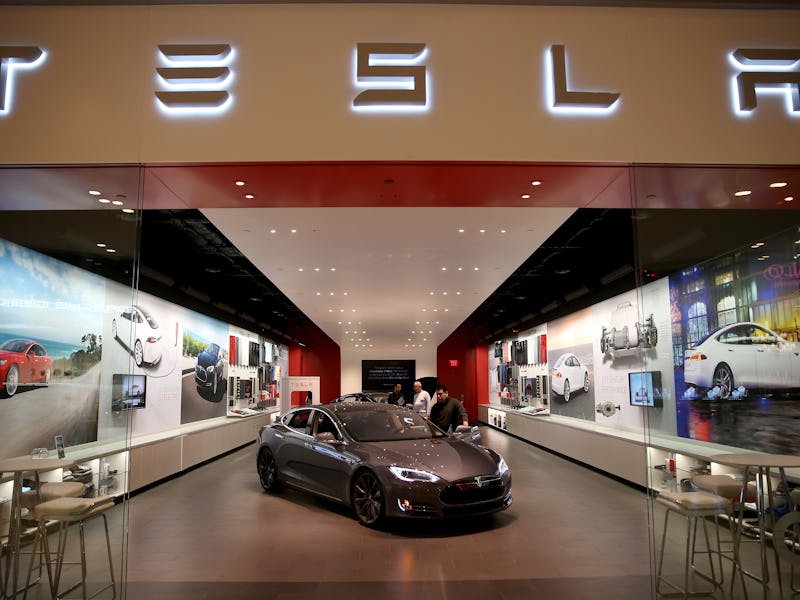Tesla's New Objectives: Trucks, Compact Sedans, and Energy Efficiency
Just like the TARDIS (or the Model 3), this announcement is bigger on the inside.

Ten years ago, Tesla founder Elon Musk sat down with a short, simple plan to create an affordable, high volume car and provide solar energy wherever customers wanted it. Today, Tesla is a history-making auto start-up that so may (including Musk) thought would fail. After its Model S surpassed 100,000 sales in December of last year, it became highly apparent that the often undermined motor company would not be going anywhere. Over the past few weeks, Elon Musk dropped hints toward a mysterious new chapter to Tesla’s “master plan,” not once, but twice. The company’s mission statement unceremoniously changed earlier this month. Today, Musk took to the company’s blog to lay out the next ten years.
The post — “Master Plan, Part Deux” — breaks down all of the company’s new objectives, which involve expanding its product line of motors, bringing SolarCity into the company, and much more. At the end of the day, that second major point shines brightest: Tesla is on its way to becoming a renewable energy enterprise.
Two Tesla Model S cars are displayed at a Tesla showroom on November 5, 2013 in Palo Alto, California.
The acquisition of SolarCity isn’t exactly the newest of news, since Musk has been fairly confident about it for a while. The real news comes in the form of pick-up trucks, Autopilot expansion, and world domination — within the world of renewable energy, of course.
Musk writes that the company is looking into creating energy-efficient heavy-duty trucks and high passenger-density urban transport (read: busses and trains). This expansion would be huge, because while some big cities already feature energy-efficient vehicles, the proposed Tesla Semi could make huge moves when it comes to shipping bulk product all over the country. Tesla is also, of course, working on creating new Model 3 vehicles: a compact SUV and a pick-up truck.
Unfortunately, Musk says that these won’t come at the slightly-more-affordable price points that other Models are available for. The reasoning behind this led him to his third goal (making the list one shorter from the year before — or two greater, depending on how you look at it): full autonomy.
Tesla has been under fire for Autopilot-related accidents and other paranoia-inducing accusations, but Musk plans to make the system completely indestructible. “As the technology matures, all Tesla vehicles will have the hardware necessary to be fully self-driving with fail-operational capability,” Musk writes. “Meaning that any given system in the car could break and your car will still drive itself safely.” This is far from an immediate response to the current problems with Autopilot (which, to its credit, warns drivers to stay alert with their hands on the wheel during its current beta run). Instead, this was how it was intended from the beginning: Tesla set out to make a completely energy-efficient self-driving car, and so it will.
Musk backed up that defense in his post, making it clear that Tesla wasn’t scared of whatever fears might rest behind the idea of self-driving cars. “When used correctly, [Autopilot] is already significantly safer than a person driving by themselves and it would therefore be morally reprehensible to delay release simply for fear of bad press or some mercantile calculation of legal liability.”
The game has changed, but the name stays the same — Tesla will continue producing its vehicles, and with the help of Solar City, will create fully-covered solar panel rooftops. But now, it’s looking toward the horizon of public transit, shipping, and complete freedom (with common sense) behind the wheel.